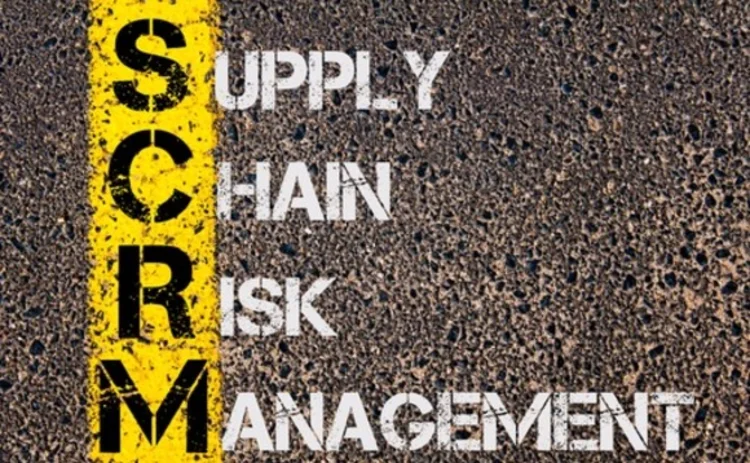
This article was paid for by a contributing third party.More Information.

Supply chain risk management and compliance: Simplifying a complex process

Businesses face a daunting combination of risk factors in supply chains – and many existing supply chain risk management (SCRM) systems are not up to the task. Software company ACL believes firms should take a more holistic view of supply chain risk to build more streamlined, reliable and cost-saving processes.
For many organisations, the entire supply chain process is becoming increasingly complex and time-consuming to manage. In some cases, particularly in industries such as manufacturing, there is a massive and intricate web of third-party entities involved in providing components, sub-components and services. Failures in the supply chain can have a disastrous impact on financial performance as well as corporate reputation.
There are many different types of risk that can cause damage if improperly managed, including those relating to non-compliance with ever-increasing regulation. Just consider the impact that quality issues such as defective airbags or ignition keys have had on many automotive manufacturers. The total cost of recalls, liability claims, fines and penalties, as well as damage to the brand and future sales, have become staggeringly large.
The combination of supply chain risks such as supply continuity, component quality, use of child labour, conflict minerals legislation, bribery and corruption, environmental damage and product toxicity – when spread across thousands or tens of thousands of suppliers, sub-suppliers and other third parties – is daunting for any risk manager to consider. And that is only in manufacturing.
Almost every industry has its own complicated version of supply chain and third-party risk. Moving beyond the initial stages of the supply chain also requires considering the risks related to distribution of goods and services through wholesalers and distributors that complete the chain of supply through to the customer.
Of course, the importance of effective SCRM and compliance is generally well understood by those responsible for the area, as are the primary activities involved in the process. The challenge is: how do you transform this knowledge into a process that works smoothly and consumes the least amount of time and resources?
In many organisations, SCRM processes have evolved over time to reflect new business lines and products, as well as new regulatory requirements. Many processes are supported by systems that have grown haphazardly, using a combination of manual procedures, spreadsheets and certification processes that are often spread across various corporate silos and regions. Consistently and reliably producing a single overall corporate view of the status of SCRM and the extent of risk involved may not be feasible using only homegrown tools and techniques.
The opportunity for many organisations that find themselves in this situation is to rethink and simplify processes, making them more consistent and dependable. These processes should be driven by technology that is not only designed for this purpose, but also can perform tasks, such as continuously monitor activities and risk indicators, that are not practical with older tools and techniques.
Transforming SCRM
There are various ways in which current technology can support this transformation in SCRM and compliance by better supporting key stages. The following are examples of ways that technology can be used to organise and connect the entire SCRM process.
The challenge is to comprehensively identify risks throughout the supply chain, categorise them in a consistent way, and show the interrelationships and dependencies among risks, including those relating to regulatory compliance failures. SCRM should usually be one major part of an overall risk management process within an organisation. So risks should also be categorised and included among a broader set of enterprise and functional risks. Trying to manage all of this through spreadsheet-based systems will be an inevitably inefficient, unreliable and frustrating process.
Supply chain risks are not static and an additional component of creating a complete risk universe is the identification of new risks. Data analysis technologies can play a key role in identifying new risk trends and indicators. For example, supplier shipments can be tracked against purchase orders to detect increasing delays in meeting delivery dates for critical product components, as well as increasing instances of substandard quality.
For more information, download the eBook, Shining a spotlight on supply chain risk management
Sponsored content
Copyright Infopro Digital Limited. All rights reserved.
You may share this content using our article tools. Printing this content is for the sole use of the Authorised User (named subscriber), as outlined in our terms and conditions - https://www.infopro-insight.com/terms-conditions/insight-subscriptions/
If you would like to purchase additional rights please email info@risk.net
Copyright Infopro Digital Limited. All rights reserved.
You may share this content using our article tools. Copying this content is for the sole use of the Authorised User (named subscriber), as outlined in our terms and conditions - https://www.infopro-insight.com/terms-conditions/insight-subscriptions/
If you would like to purchase additional rights please email info@risk.net